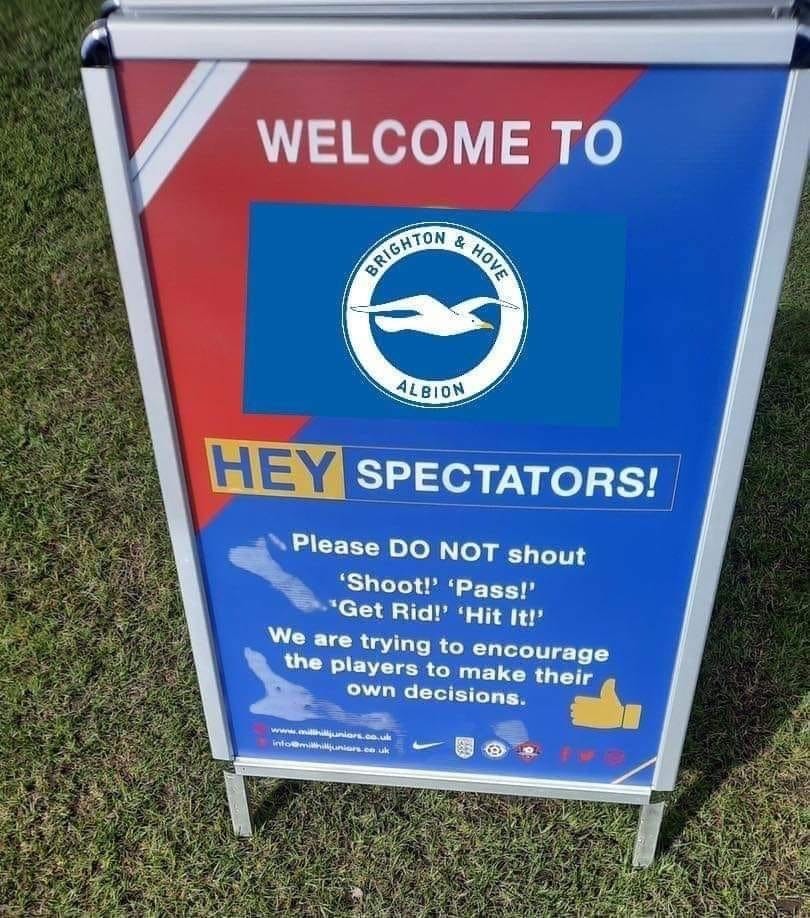Why Yelling From the Bench or Stands Hurts Player Development
Why Yelling From The Bench or Stands is a Poor Choice
A typical evolution that coaches tend to undergo is from yelling to telling and asking. Unfortunately, some coaches never evolve to the ‘asking’ phase.
Simply put, yelling from the bench or stands is the opposite of great player development. Below are a few quotes from Jocko Willink, a former Navy SEAL and current author and podcaster, that illustrate this point concisely.
“If I have to yell at you as a leader, how many different mistakes have I made that I have gotten to the point where I have to yell at you.”
“Has anyone in this room ever been yelled at and gone, “Oh wow, that was really cool. I was really impressed with how my boss handled that situation. Yelling is a weakness. Don’t do it.”
Issue #1 - Reduces Autonomy
While people often mean well by wanting to help by providing instruction, constantly directing players takes away their autonomy. When looking to solve issues, players are conditioned not to look to themselves, but rather to other people. Becoming overly reliant on instructions and less capable of thinking independently is clearly not the optimal path for players of any age.
A big part of the enjoyment people tend to get from sports is the safe environment where they can freely express themselves, a personal sanctuary where the outside world ceases to exist.
This constant yelling/telling creates a negative environment for players. It can lead to increased anxiety and decreased enjoyment of the sport. I’m sure we have all seen players who become more focused on avoiding mistakes to prevent being yelled at rather than playing creatively and developing their talents.
Issues #2 - Interferes with Learning
Developing hockey sense involves perceiving the game and acting on those perceptions. Mistakes are inevitable and part of the learning process.
To simplify and generalize the learning process: (1) Action, (2) result, (3) reflection, and (4) try again.
Constantly shouting instructions and feedback from outside the rink stunts the personal learning process. Players need opportunities to make decisions and learn from their experiences without constant interference. Self-reflection is critical in all learning and must be emphasized.
Yelling instructions goes against effective teaching methods in sports. It uses a "push" method centered around the coach, rather than a "pull" method that encourages player reflection and self-learning
Learning through play, with practical guidance at the right times, such as in practice and other times where reflection can be properly done.
Issues #3 - Ineffective Communication
As we’ve touched on in the past, there is a process to great communication.
Most of the time players on the ice can't even hear the instructions being yelled from outside the rink. And frankly, even if they could hear, the rapidly changing nature of the game means that by the time a player processes the instruction, the situation on the ice has likely changed. This approach may yield short-term results but is detrimental to long-term player development.
This often can condition players to focus and listen on things outside of the rink while stunting development of communication between their teammates.
What Is Better?
To foster better player development, coaches should:
Be silent during gameplay
Constructively provide feedback and use questioning techniques to encourage player reflection, preferably between shifts or periods.
Focus on teaching during practice. Whiteboardless practices are a great starting point.
Allow players to make mistakes and learn from them.
Create an environment that encourages creativity and independent decision-making on the ice.
By moving away from constant yelling and towards more effective coaching methods, coaches can significantly improve player development and create a more positive hockey experience for young athletes.
Benefits of Being Silent
Here is a pertinent thread on ‘X’ about the benefits of being silent. We’ve summarized below:
1. Empowerment/Ownership of Decisions: Remaining silent during games empowers players to own their decisions and actions. It allows them to solve problems independently and learn from their mistakes. They learn to read the game, make choices, and adapt to different situations without constant instruction.
2. Reduced Pressure: Excessive shouting and instructions from the sidelines can put undue pressure on youth players. Silence creates a more relaxed atmosphere, fostering better performance and enjoyment.
3. Improved Communication: Players become more reliant on communication with their teammates when the coach isn't constantly providing directions. This enhances their on-field communication skills, an essential aspect of team sports.
4. Learning from Mistakes: Mistakes/Failures are part of the learning process. When coaches don't intervene with constant feedback, players have the opportunity to make mistakes, learn from them, and grow.
5. Resilience: Silence encourages players to develop resilience. They learn to handle adversity, bounce back from setbacks, and stay composed under pressure, valuable life skills.
6. Positive Sports Environment: A silent coach contributes to a positive sports environment where young athletes feel supported and encouraged rather than pressured or scrutinized.
Thinking Like A Farmer
If looking to get started being silent from outside the rink, think of yourself as a farmer.
Shouting at the crops doesn’t help them grow faster.
Blaming the crops for not growing fast enough doesn’t help them grow faster.
Don't uproot the crops before they've had a chance to grow.
You cannot control the weather. There will be good moments and bad moments - you can't control the weather only be prepared for it
To finish, let’s drop this quote to get us all thinking:
“Losing your temper is a sign of weakness.” - -Jocko Willink
Further Reading
How To Improve Your Ice Hockey Coaching Skills and Abilities
Better Hockey Communication: The Two Worst Questions in Coaching
How to Be More Effective & Efficient with Day of Game Team Talks




